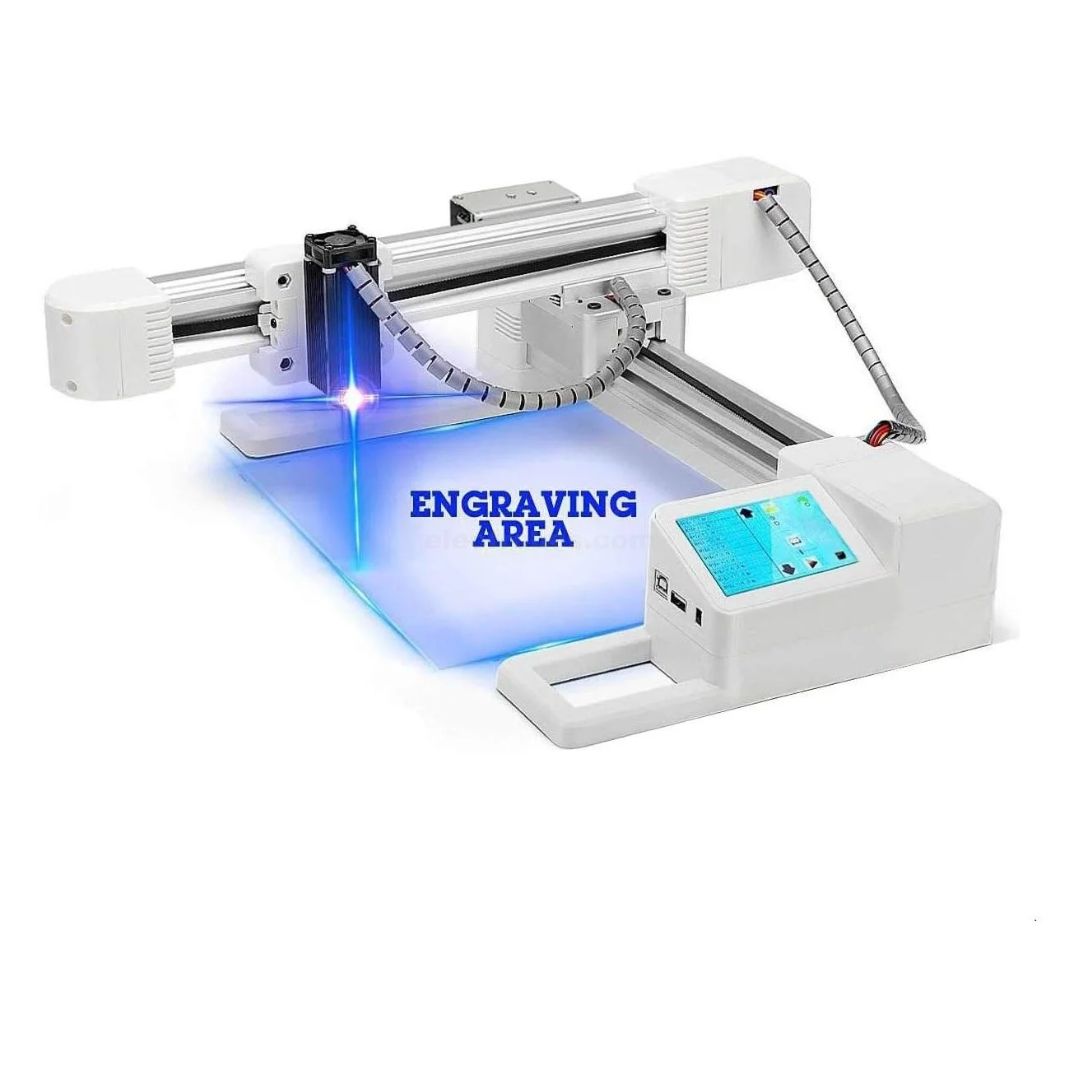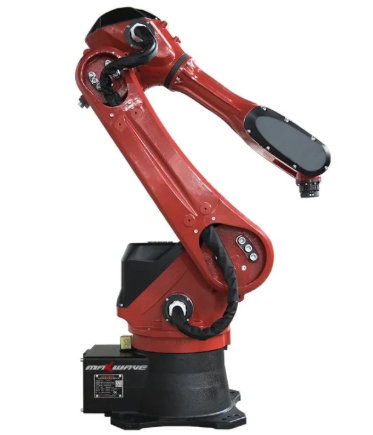Why do professionals still prefer a laser engraving machine over traditional etching tools?

Strong 8k brings an ultra-HD IPTV experience to your living room and your pocket.
In an age where precision, customization, and speed define production quality, the laser engraving machine has emerged as a critical tool for industries ranging from manufacturing to creative design. While traditional etching tools have long served artisans and engineers, the shift toward laser technology isn't merely a trend—it's a response to evolving demands for detail, accuracy, and repeatability.
So, why do professionals still lean toward laser engraving machines despite the availability of old-school methods? The answer lies in how these machines have redefined productivity, design flexibility, and overall workflow efficiency.
The Rise of Laser Engraving in Professional Environments
Laser engraving is not a new concept, but its implementation in commercial and industrial settings has taken a massive leap forward. With a laser engraving machine, users can mark or engrave a vast array of materials—metal, wood, acrylic, leather, and glass—with impressive accuracy.
Professionals, especially in sectors like jewelry design, aerospace, electronics, packaging, and personalization, have increasingly adopted laser-based solutions. Unlike manual tools, a laser engraving machine offers digital control, enabling detailed patterns, logos, serial numbers, or barcodes to be permanently engraved without contact.
This contactless method reduces wear on equipment and materials alike. In contrast, traditional etching tools often require pressure or friction, which can damage surfaces or lead to inconsistent results.
Precision Without Compromise
When detail matters—especially on miniature surfaces or intricate designs—a laser engraving machine performs with pinpoint accuracy. It’s capable of creating micro-engravings and high-resolution images, down to the millimeter or smaller. This is particularly useful in the electronics industry, where components must be marked with identifiers in very limited spaces.
Traditional tools simply can’t match the consistency. Hand-controlled etching relies heavily on user skill, making it difficult to replicate the same quality across thousands of units. In contrast, laser technology automates the process, ensuring the same outcome every time—crucial for brands that value uniformity.
Material Versatility
One of the standout aspects of a laser engraving machine is its ability to work with a wide range of materials. Whether you're engraving custom wooden plaques, etching branding onto stainless steel tools, or marking QR codes on acrylic tags, the laser adjusts accordingly.
This level of adaptability allows professionals to cater to multiple industries without switching tools. For instance, a single laser engraving system in a design studio might serve both leatherworkers crafting high-end wallets and glass artists personalizing wine bottles. That kind of workflow integration streamlines operations and saves significant time.
Efficiency in Workflow
Time is money in the professional world. A laser engraving machine significantly reduces project turnaround times, thanks to its automation and repeatability. Once a design is uploaded and parameters are set, the machine takes care of the rest.
This allows workers to focus on other tasks, such as packaging, quality checks, or customer service. For workshops that handle bulk orders, this can drastically improve daily output without increasing labor costs.
Traditional methods, on the other hand, demand manual attention at every step. This can slow down production, especially when the complexity of the design increases.
Creative Freedom for Designers
Creativity knows no bounds, and for professionals in the arts or product customization space, laser technology opens new doors. Intricate patterns, gradients, and multi-layer engravings become easier to produce with a laser engraving machine.
Designs that once took hours of hand carving can now be completed in minutes with precise results. This capability empowers artists and businesses to offer more complex and visually appealing products, attracting a broader customer base.
In sectors like fashion, accessories, or corporate gifting, uniqueness sells. With a laser engraver, a business can create personalized items that stand out, whether it’s a leather-engraved diary, a stainless-steel business card, or a monogrammed phone case.
Long-Term Reliability
While traditional tools wear out or become dull, laser engraving machines operate without direct physical contact. This not only preserves the machine’s internal mechanics but also extends the life of the engraved material by reducing abrasion.
Routine maintenance of a laser engraving system typically involves cleaning optics and ensuring software updates. This is far less intensive compared to sharpening manual blades, replacing components, or re-aligning stamps in old-school methods.
Moreover, manufacturers now offer robust systems with air filters, cooling units, and protective covers—ensuring continuous, safe operation even in demanding production environments.
Why Professionals Continue to Choose Laser
At its core, the ongoing preference for a laser engraving machine among professionals is a direct result of its unmatched performance in real-world applications. Whether it’s a factory floor requiring high-volume marking or a bespoke artist offering limited edition pieces, the tool brings together consistency, scalability, and artistic control.
Even in industries bound by compliance and regulatory standards—such as aerospace or pharmaceuticals—laser engraving ensures traceability and tamper-proof identification. This level of control is difficult, if not impossible, to maintain with conventional tools.
Additionally, the software integration that powers modern laser systems provides extra functionality. From barcode generation to batch tracking and template libraries, professionals have everything they need in a single workflow.
Final Thoughts
The question of why professionals continue to prefer a laser engraving machine over traditional methods is answered not by trends or novelty but by practical results. Speed, precision, versatility, and consistency define professional expectations—and laser technology delivers on all fronts.
For businesses, makers, and artists who value time, craftsmanship, and quality, laser engraving is more than a tool—it’s a production partner. Whether launching a custom product line, scaling industrial marking, or enhancing brand identity through personalization, the laser engraver stands tall as an essential asset in the modern workspace.
Note: IndiBlogHub features both user-submitted and editorial content. We do not verify third-party contributions. Read our Disclaimer and Privacy Policyfor details.







